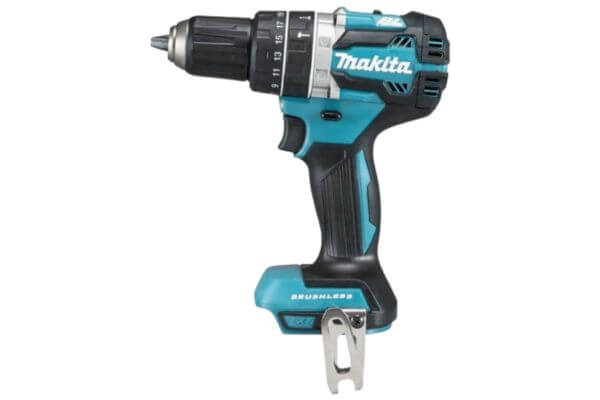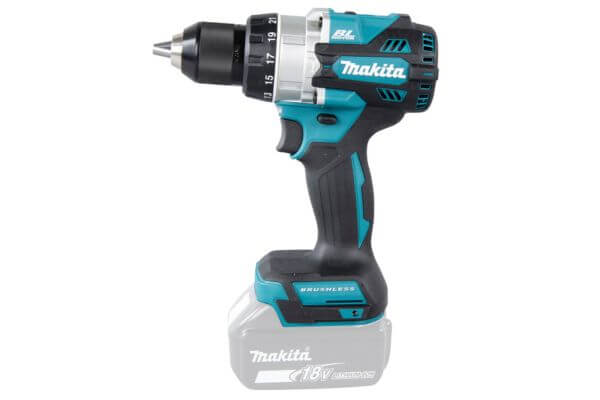
Max. tightening torque (hard) : 115 Nm
Max. tightening torque (soft) : 60 Nm
No-load speed (max) : 2100 rpm
No-load speed (1st gear) : 0 - 500 rpm
Max. impact rate : 31500 ipm
Net weight (without battery) : 2.7 kg
Overall length : 205 mm
Max. drilling capacity in wood : 76 mm
Max. drilling capacity in concrete : 16 mm
Motor type : Brushless
Dust/water protection (XPT) : Yes
Electric brake : No
Chuck type : Metal
Built-in LED light : Yes
Battery charge indicator : Yes

Max. tightening torque (hard) : 130 Nm
Max. tightening torque (soft) : 65 Nm
No-load speed (max) : 2100 rpm
No-load speed (1st gear) : 0 - 550 rpm
Max. impact rate : 31500 ipm
Net weight (without battery) : 2.3 à 2.7 kg
Overall length : 178 mm
Max. drilling capacity in wood : 76 mm (bit) / 152 mm (hole saw)
Max. drilling capacity in concrete : 16 mm
Motor type : Brushless
Dust/water protection (XPT) : Yes
Electric brake : Yes
Chuck type : All-metal keyless
Built-in LED light : Yes
Battery charge indicator : Yes
| Criteria | DHP481 | DHP486 | Verdict |
|---|---|---|---|
| Max. tightening torque (hard) | 115 Nm | 130 Nm | DHP486More powerful (+13%) |
| Max. tightening torque (soft) | 60 Nm | 65 Nm | DHP486Slight advantage (+5 Nm) |
| No-load speed (max) | 2100 rpm | 2100 rpm | Tie |
| No-load speed (1st gear) | 0 - 500 rpm | 0 - 550 rpm | DHP486Faster at low speed |
| Max. impact rate | 31500 ipm | 31500 ipm | Tie |
| Net weight (without battery) | 2.7 kg | 2.3 à 2.7 kg | DHP486Lighter (up to –15%) |
| Overall length | 205 mm | 178 mm | DHP486More compact (–13%) |
| Max. drilling capacity in wood | 76 mm | 76 mm (bit) / 152 mm (hole saw) | DHP486More versatile (hole saw) |
| Max. drilling capacity in concrete | 16 mm | 16 mm | Tie |
| Motor type | Brushless | Brushless | Tie |
| Dust/water protection (XPT) | Yes | Yes | Tie |
| Electric brake | No | Yes | DHP486 |
| Chuck type | Metal | All-metal keyless | DHP486Keyless chuck |
| Built-in LED light | Yes | Yes | Tie |
| Battery charge indicator | Yes | Yes | Tie |
Makita DHP481
Power and torque
Compactness and handling
Versatility of applications
Value for money
Makita DHP486
Power and torque
Compactness and handling
Versatility of applications
Value for money
Discover our in-depth reviews of other models to help you refine your choice:
Makita DHP484 vs DHP486
DHP484 vs DHP486 under the microscope: the match that will decide your next tool